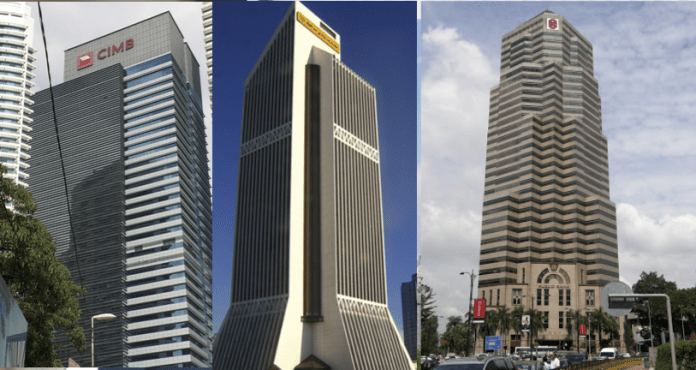The Central Bank released its November Monetary and Financial development highlighting the headline inflation which was stable at 4.0%, this was due to the increase in core inflation was offset by lower inflation in other categories, namely fuel and fresh food.
Core inflation increased slightly to 4.2% (October: 4.1%) due mainly to the increase in prices for food away from home.
- Bank Negara stated that manufacturing continued its growth momentum with IPI expanding in October 2022 by 4.2%.
- Growth was driven mainly by the E&E cluster which recorded above-average growth at 8.7% (2016-2019 avg.: 6.2%).
- The primary cluster, particularly refined petroleum products production, also supported growth with resumption of operations at an existing oil refinery that was previously under maintenance.
- As for, Net financing it grew by 4.7% compared to October: 5.7%, reflecting lower growth in both outstanding loans (5.5%; October: 6.5%) and corporate bonds (2.6%; October: 3.6%). Household loan growth moderated to 6.0% (October: 6.3%) as loan repayments growth outpaced that of disbursements across major loan purposes. Outstanding business loan growth moderated to 3.4% (October: 5.2%), due mainly to strong growth in repayments among large firms. Loan disbursements continued to record double-digit growth (13.7%; October: 13.4%), despite some moderation in growth in the consumer manufacturing and real estate sectors.
Domestic financial conditions eased amid improved investor sentiment
- Global financial conditions eased following expectations for a slower pace of monetary policy tightening as inflation continued to show signs of peaking, especially in the US. Easing of COVID-19 restrictions in China also supported the overall investors’ risk sentiment.
- Consequently, domestic financial conditions eased, with the 10-year MGS yields declining by 26 bps (regional average*: -44.4 bps) and the FBM KLCI rising by 1.9% (regional average*: +5.2%). Financial markets’ performance was also supported by improved political certainty following the formation of the new Government.
- The ringgit appreciated by 6.3% against the US dollar, in line with a broad-based appreciation in major and regional* (average: +4.5%) currencies against the US dollar.
Banks maintained strong liquidity and funding positions to support intermediation
- The banking system’s Liquidity Coverage Ratio remained healthy. Banks are proactive in managing their buffers to address the year-end seasonal fluctuations in banking system liquidity and continue to be supportive of intermediation.
- The aggregate loan-to-fund ratio remained largely stable at 82.3% (Oct-22: 82.0%).
Asset quality in the banking system remained intact
Overall gross and net impaired loans ratios remained unchanged at 1.8% (Oct-22: 1.8%) and 1.1% (Oct-22: 1.1%), respectively.
Loan loss coverage ratio (including regulatory reserves) continues to record a prudent level of 116.5% of impaired loans, with total provisions accounting for 1.8% of total loans









